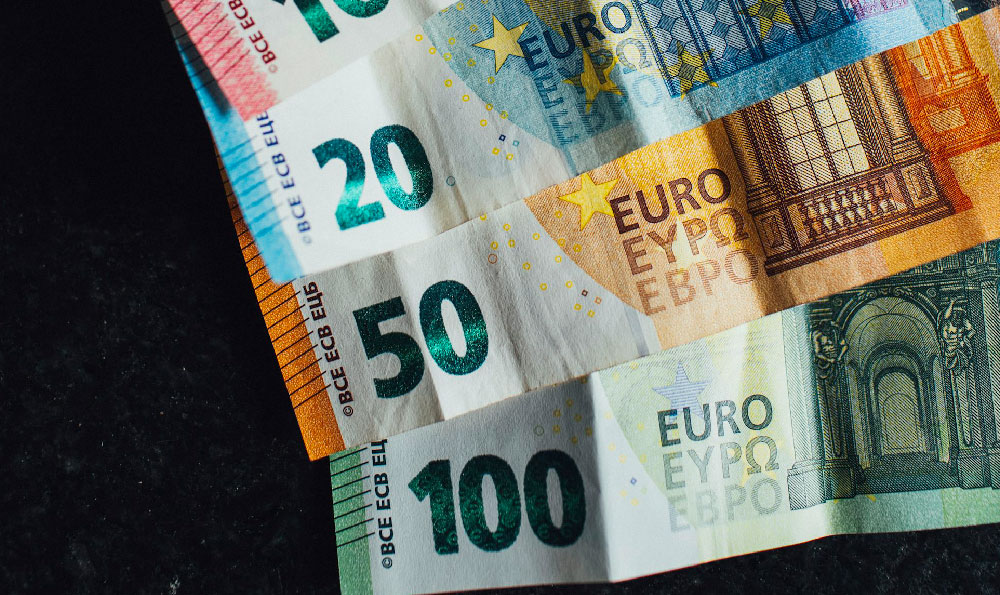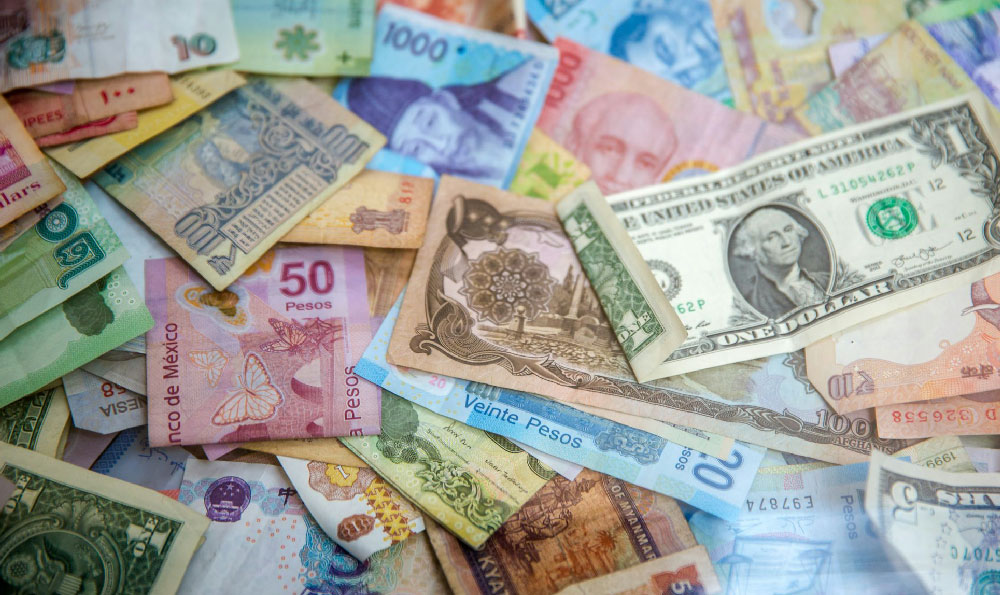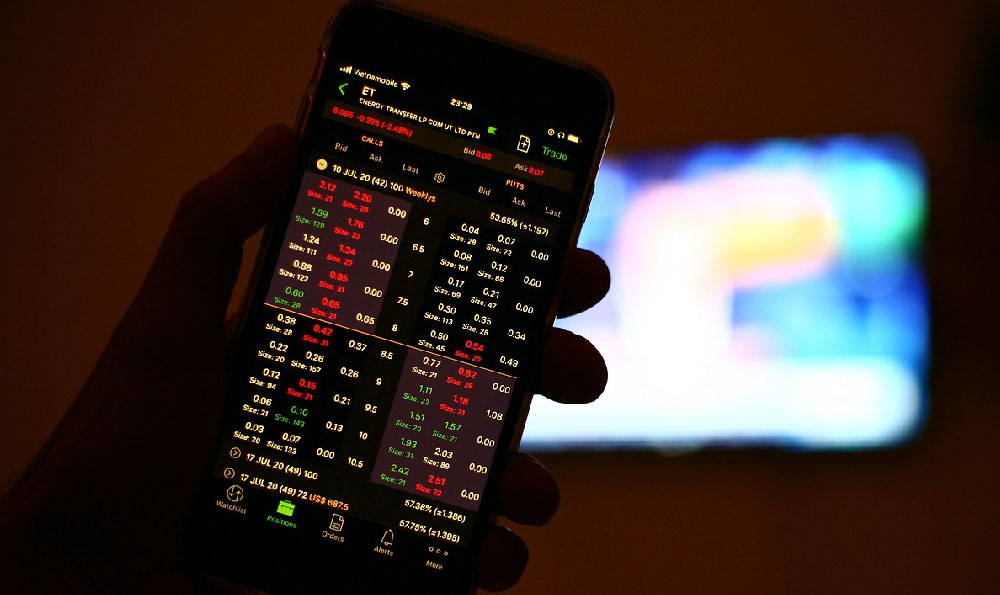Here's an article exploring how free apps generate revenue, focusing on various monetization strategies.
The Curious Case of "Free": How Do Free Apps Actually Make Money?
In the bustling digital marketplace, the siren song of "free" applications beckons users to download and engage. But behind this seemingly altruistic offering lies a complex web of monetization strategies that allow developers to sustain their work and even reap substantial profits. The question then becomes: how do these free apps generate revenue? It's more than just a magic trick; it's a carefully crafted ecosystem of value exchange.
Unveiling the Monetization Methods
The truth is, “free” is often a calculated facade. App developers are rarely philanthropic entities. They are businesses with expenses to cover and profits to generate. Several core strategies underpin the free app revenue model:

In-App Advertising: The Ubiquitous Option
This is arguably the most prevalent monetization strategy. Developers integrate advertising networks into their apps, displaying banners, interstitial ads (full-screen ads), or rewarded video ads. Revenue is typically generated through cost-per-mille (CPM, cost per 1000 impressions), cost-per-click (CPC), or cost-per-action (CPA) models.
-
Banner Ads: These are small, often static, ads displayed at the top or bottom of the screen. They are generally less intrusive but also less effective in generating revenue.
-
Interstitial Ads: These are full-screen ads that appear between app activities, such as when transitioning between levels in a game. They are more disruptive than banner ads but also generate higher revenue.
-
Rewarded Video Ads: These ads offer users an incentive, such as in-game currency or bonus features, in exchange for watching a short video. This approach is often viewed more favorably by users as it provides tangible value.
The success of in-app advertising hinges on factors like user engagement, ad placement, and the relevance of ads to the app's target audience. An overload of intrusive ads, however, can lead to a poor user experience and app abandonment.
Freemium Model: A Taste of the Premium Life
The freemium model offers a basic version of the app for free, with the option to upgrade to a premium version for additional features, content, or the removal of ads. This is a powerful strategy that allows users to experience the app's core functionality before committing financially.
-
Feature Gating: Core features remain free, but advanced functionalities like advanced editing tools in a photo app or detailed reports in a productivity app are locked behind a paywall.
-
Content Restrictions: Access to certain levels in a game, specific articles in a news app, or a limited number of songs in a music app are free, but unlocking the entire library requires a subscription.
-
Ad Removal: The free version includes ads, while the paid version offers an ad-free experience.
The key to a successful freemium model is striking a balance between providing enough value in the free version to attract users and offering compelling premium features that incentivize upgrades. If the free version is too limited, users might not see the value proposition; if it's too generous, there's little incentive to pay.
In-App Purchases (IAPs): The Microtransaction Magic
In-app purchases allow users to buy virtual goods, services, or content within the app. This model is particularly popular in mobile games, where users can purchase in-game currency, power-ups, cosmetic items, or faster progression.
-
Consumable Items: These are items that can be used multiple times, such as health potions in a game or extra lives.
-
Non-Consumable Items: These are items that are purchased once and remain available indefinitely, such as ad removal or permanent upgrades.
-
Subscriptions: Recurring payments that grant users access to premium content, features, or services on a regular basis.
IAPs can be highly lucrative, especially when implemented strategically. However, it's crucial to avoid "pay-to-win" mechanics that create an unfair advantage for paying users and alienate the free-to-play audience. Transparency and fair pricing are essential for maintaining user trust.
Data Monetization: A More Subtle Approach
Some free apps collect and monetize user data. This data, which may include demographic information, usage patterns, and location data, can be sold to advertisers or used to personalize ads within the app itself.
While data monetization can be a lucrative revenue stream, it also raises significant privacy concerns. Developers must be transparent about their data collection practices and obtain user consent before collecting and sharing their data. Failure to do so can lead to regulatory scrutiny and damage to their reputation.
Affiliate Marketing: Leveraging Partnerships
Free apps can also generate revenue through affiliate marketing by promoting other products or services. Developers earn a commission for each sale or lead generated through their app. This is often seen in apps that offer reviews or comparisons of products, or apps that integrate with other services.
The Art of Sustainable Monetization
The most successful free app monetization strategies are those that prioritize user experience. Overly aggressive or intrusive monetization tactics can backfire, leading to negative reviews, app abandonment, and damage to the developer's reputation.
It's crucial to carefully consider the app's target audience, content, and functionality when selecting a monetization strategy. A game might benefit from in-app purchases, while a productivity app might be better suited for a freemium model.
Furthermore, continuous optimization is essential. Developers should constantly monitor user behavior, ad performance, and conversion rates to refine their monetization strategies and maximize revenue. A/B testing different ad formats, pricing structures, and feature offerings can help identify the most effective approaches.
Ultimately, the key to successful free app monetization is creating a win-win situation for both the developer and the user. By providing a valuable app experience and offering compelling monetization options, developers can build a sustainable business while keeping their users engaged and satisfied. The future of "free" apps depends on finding that delicate balance.












